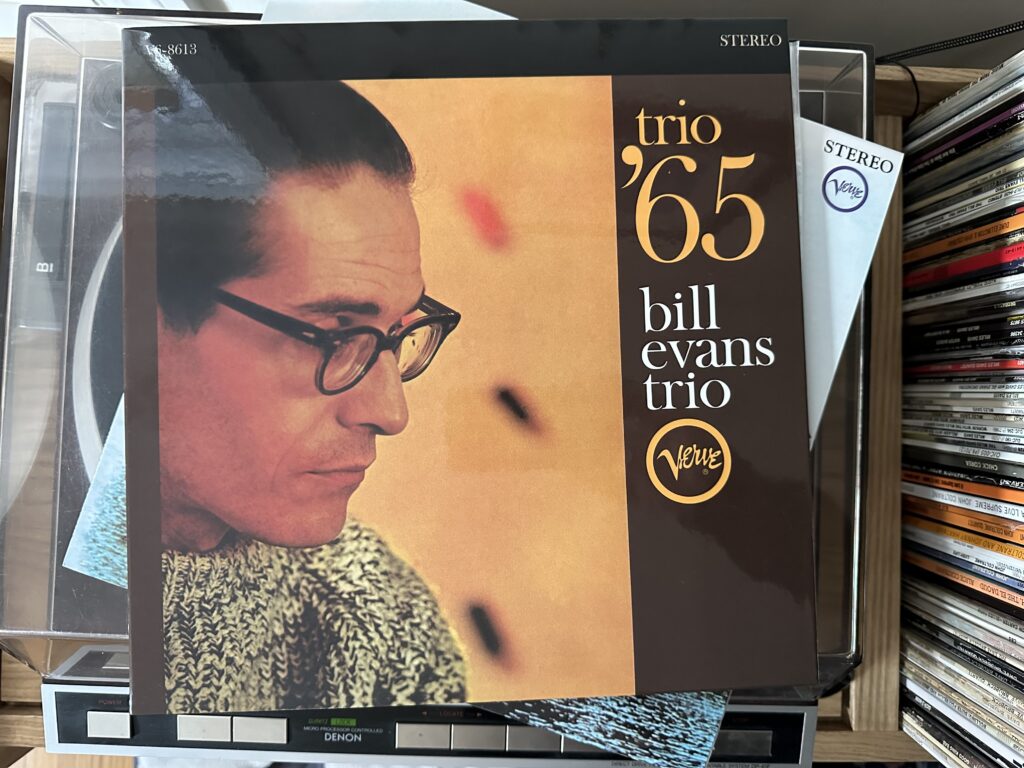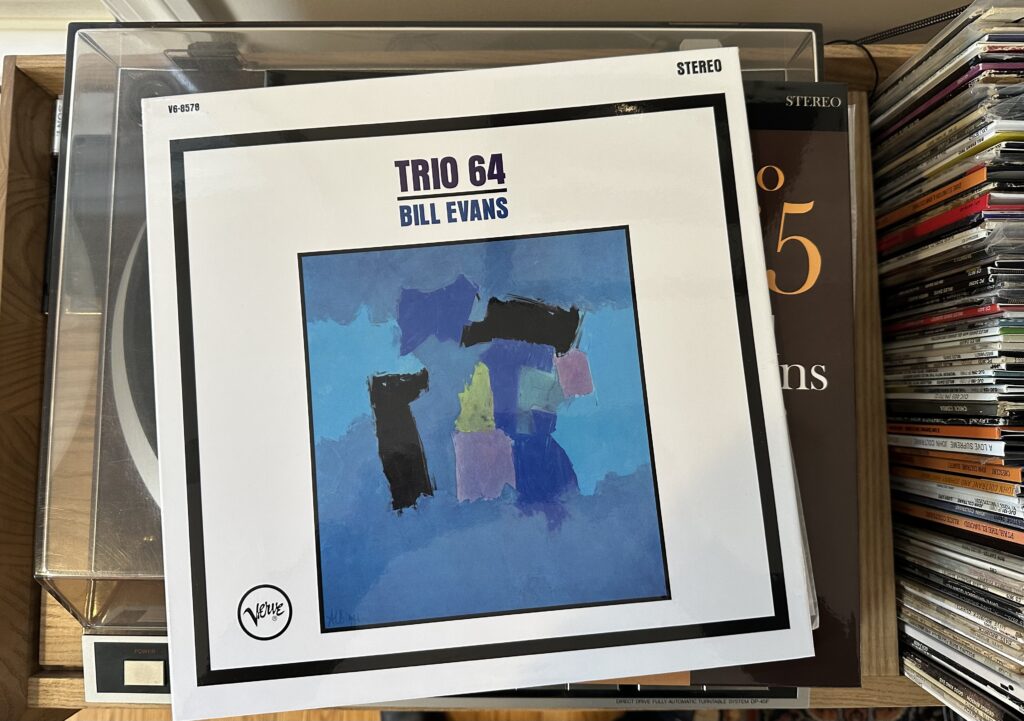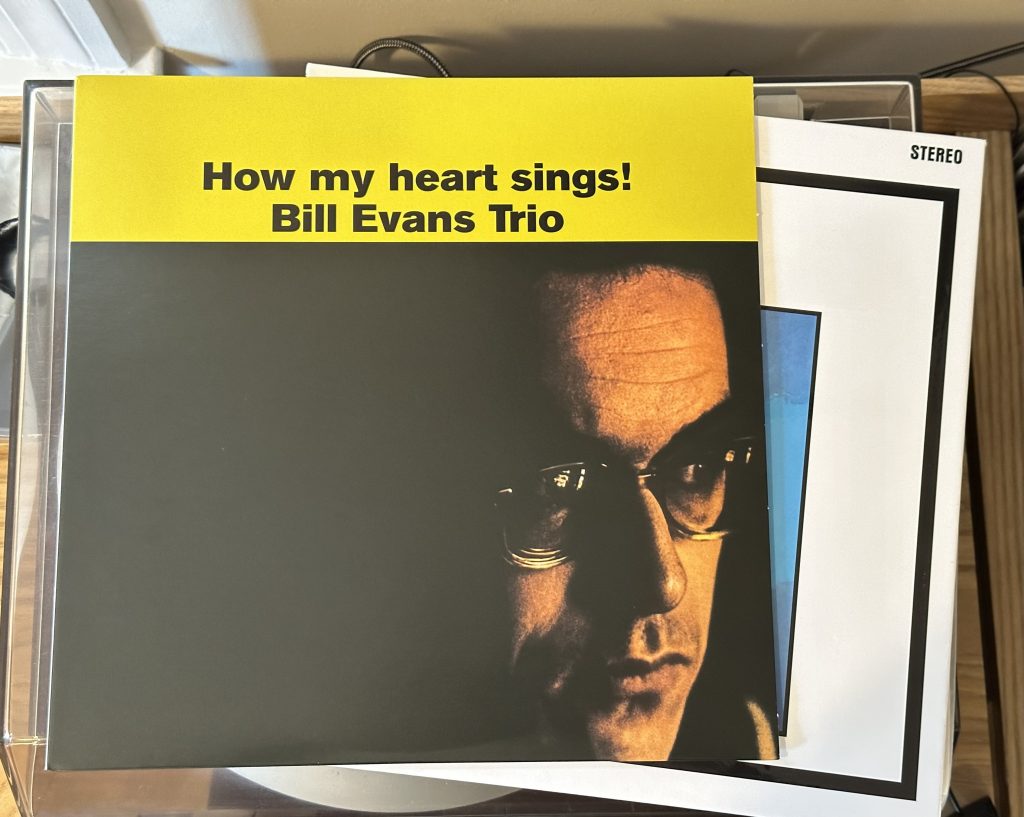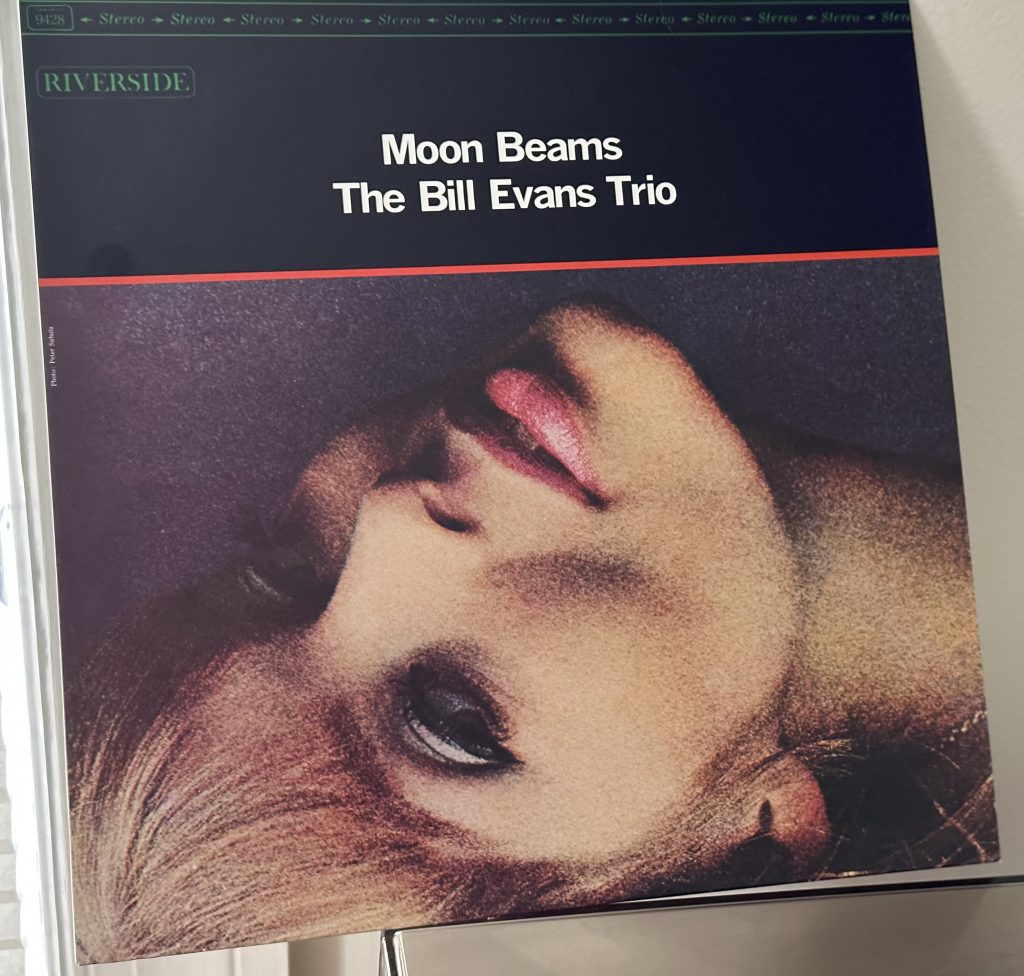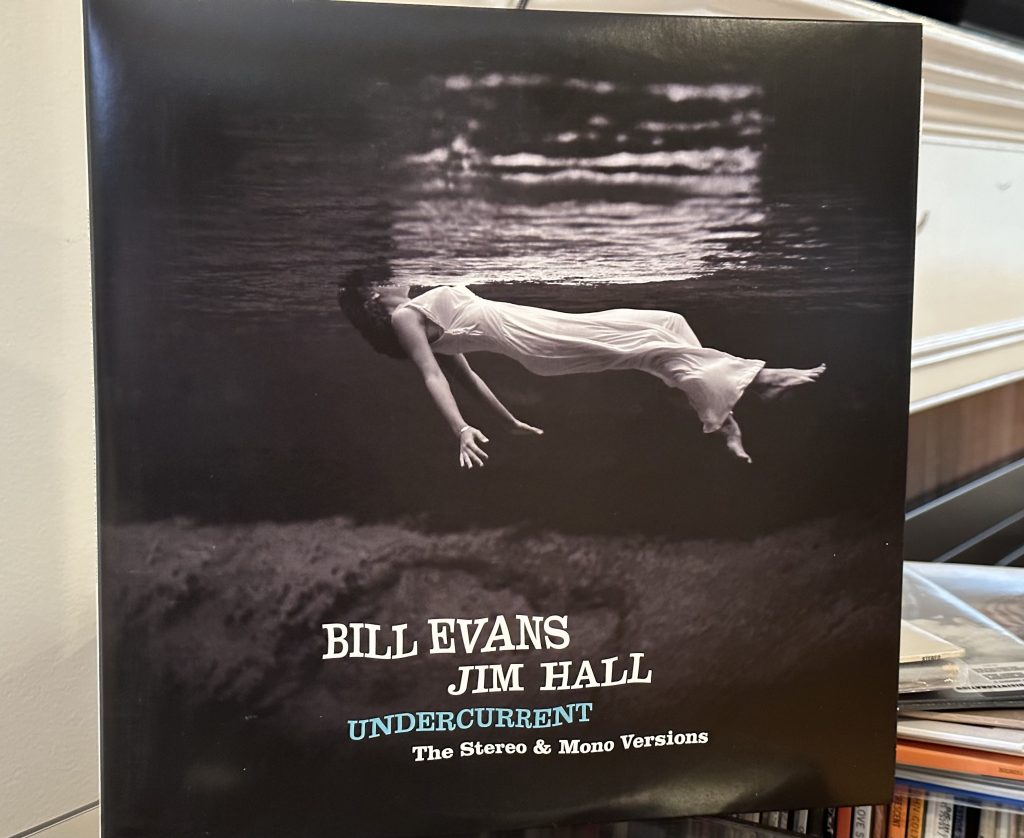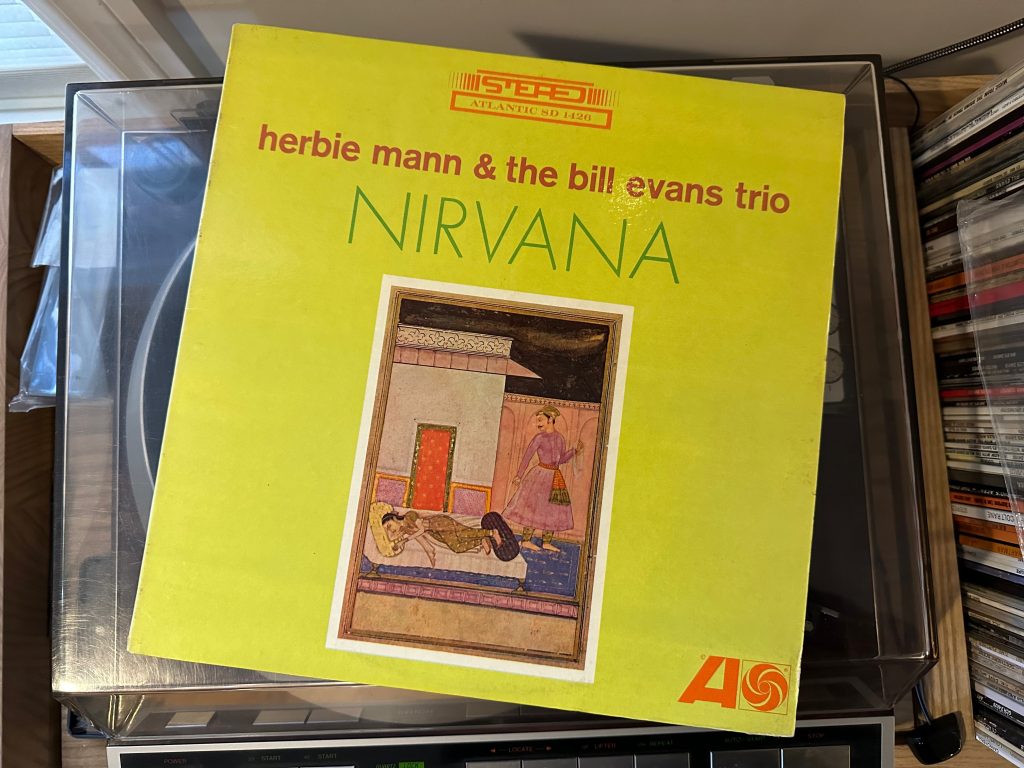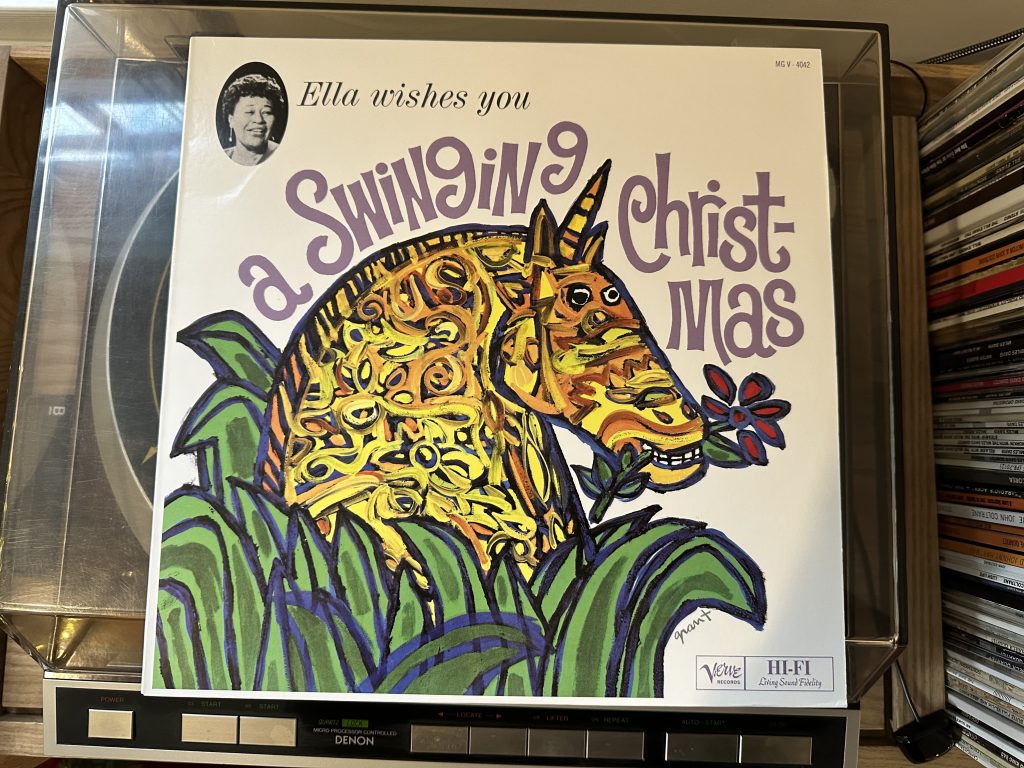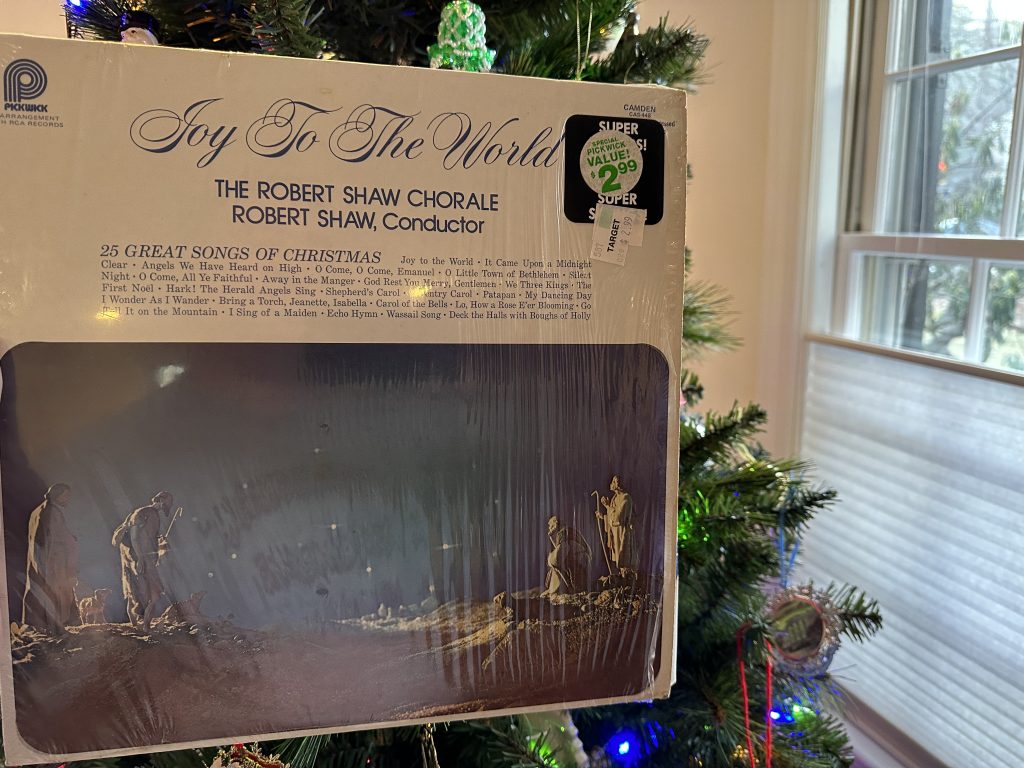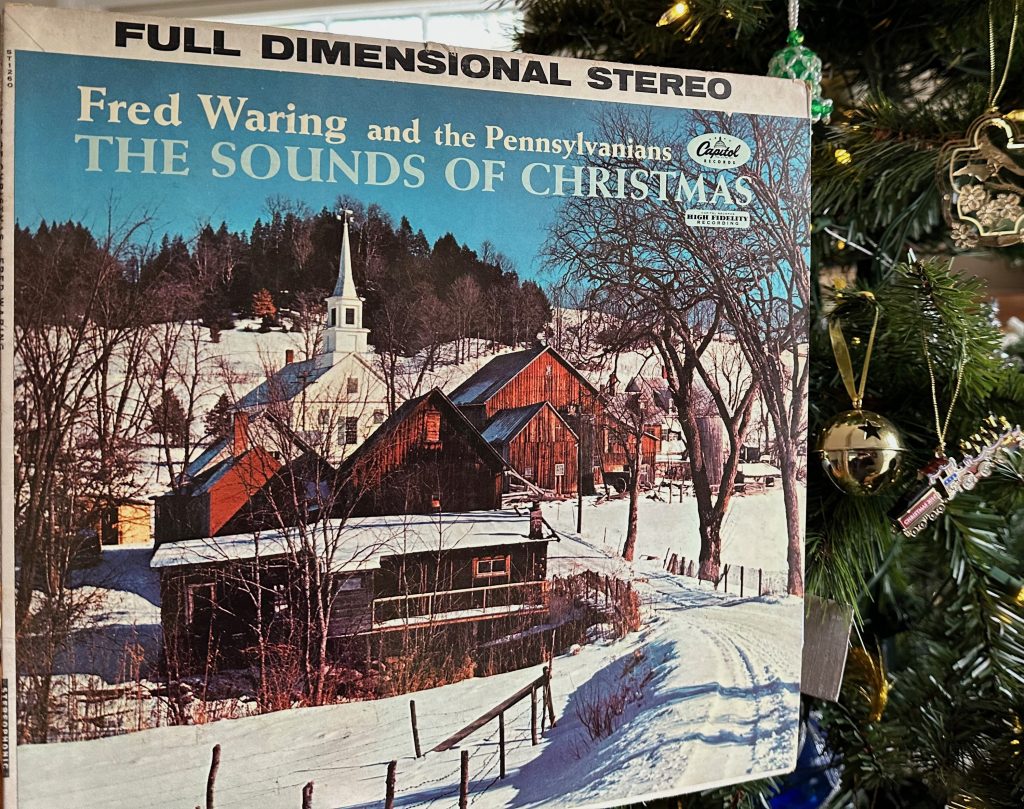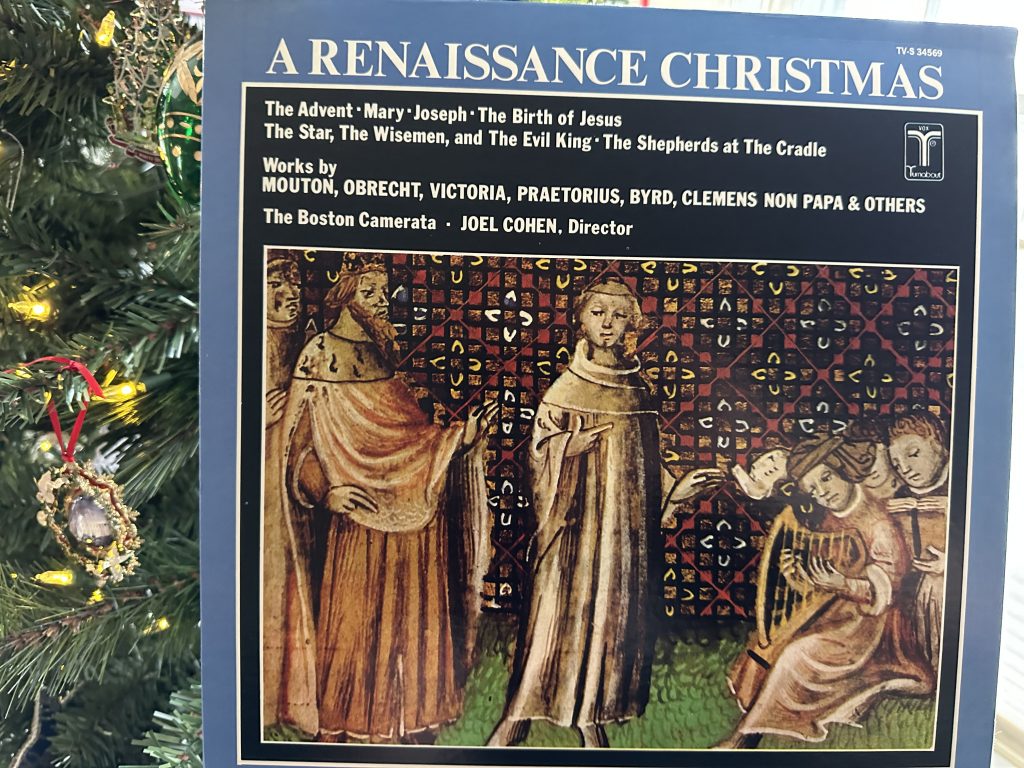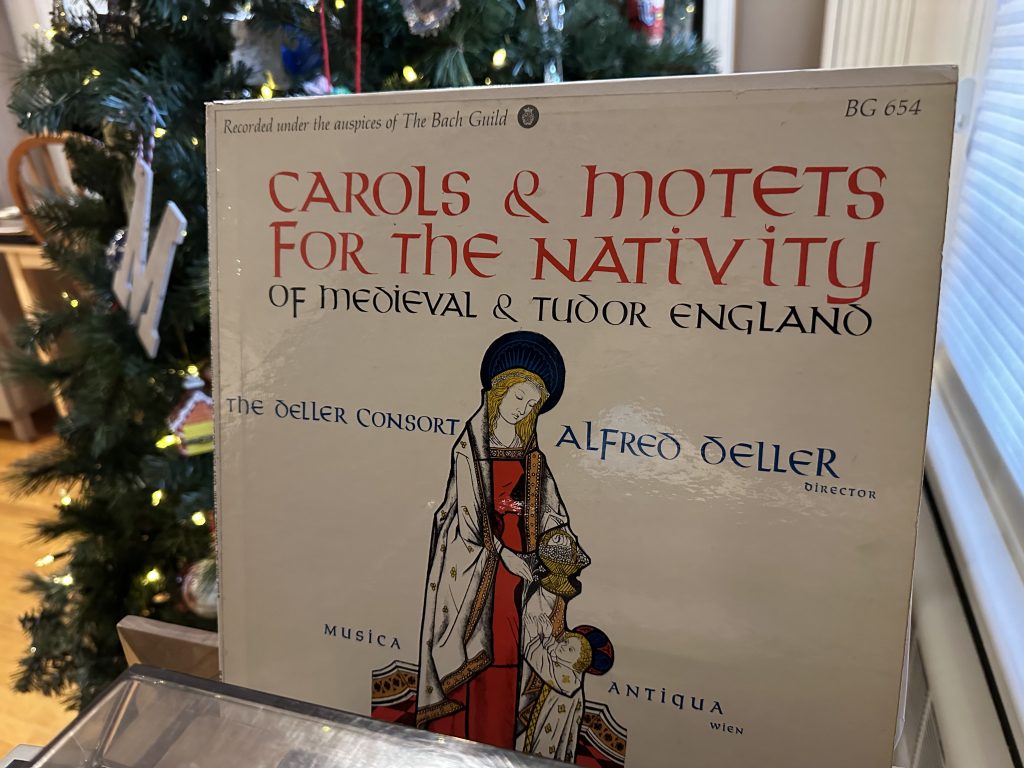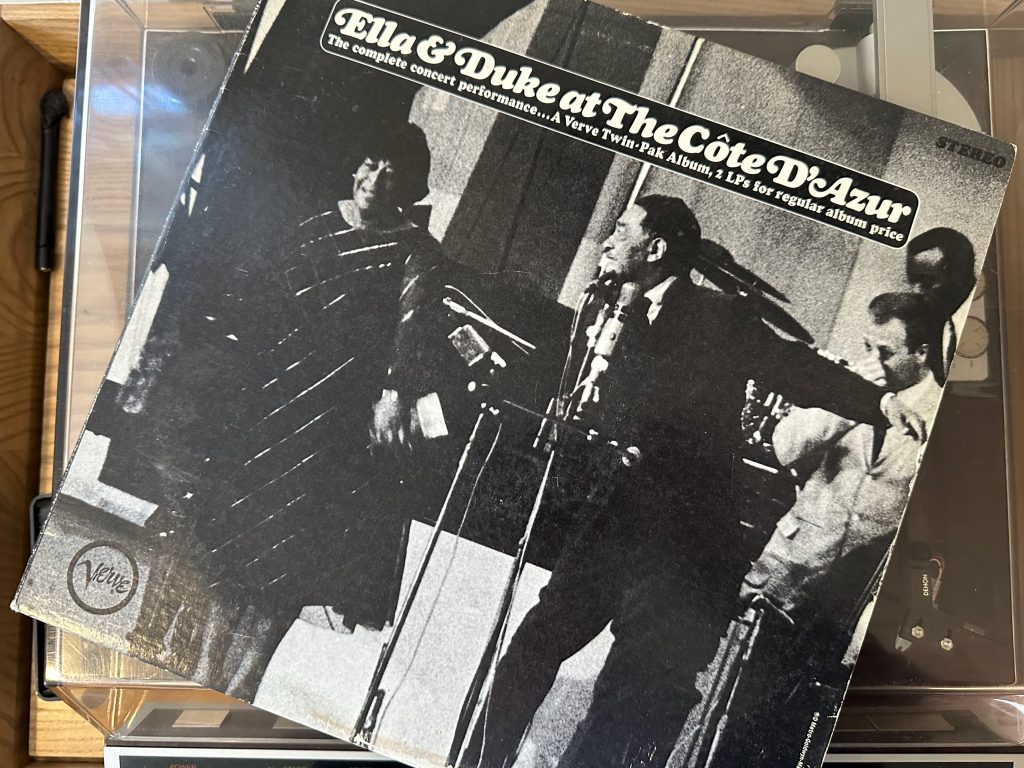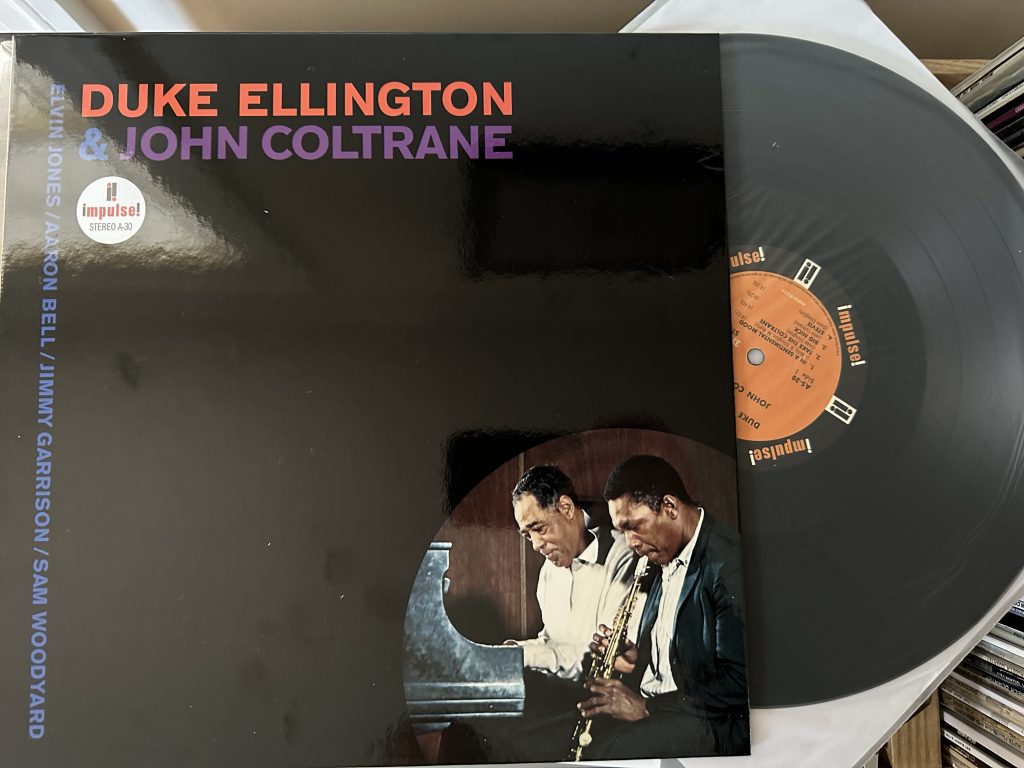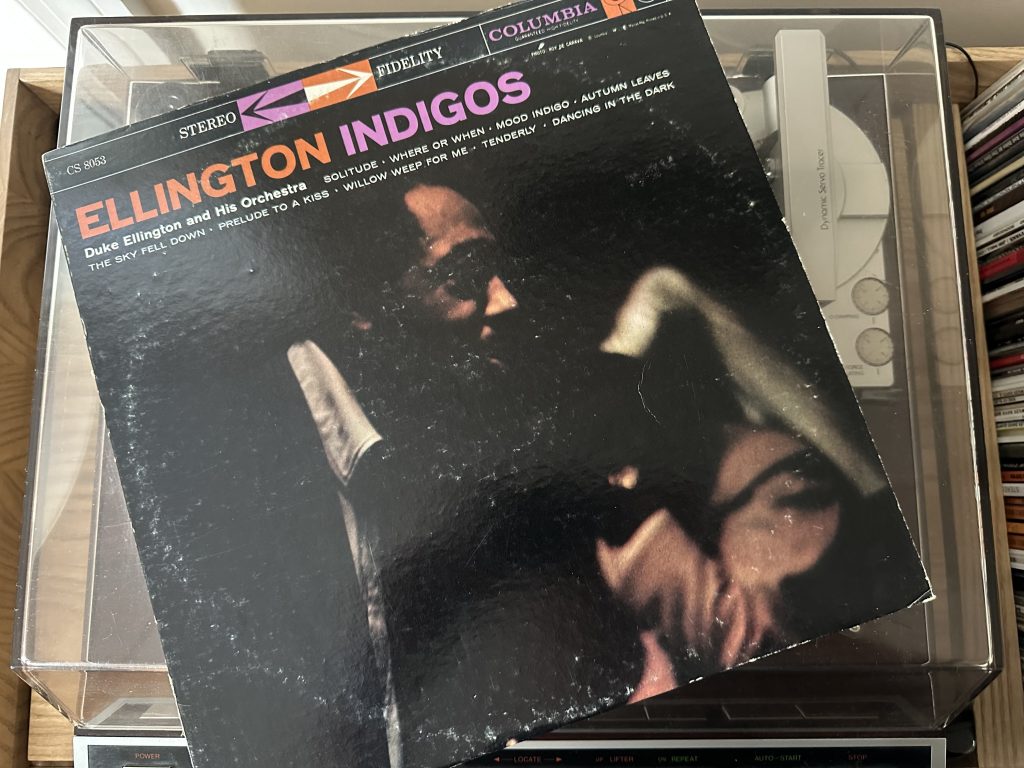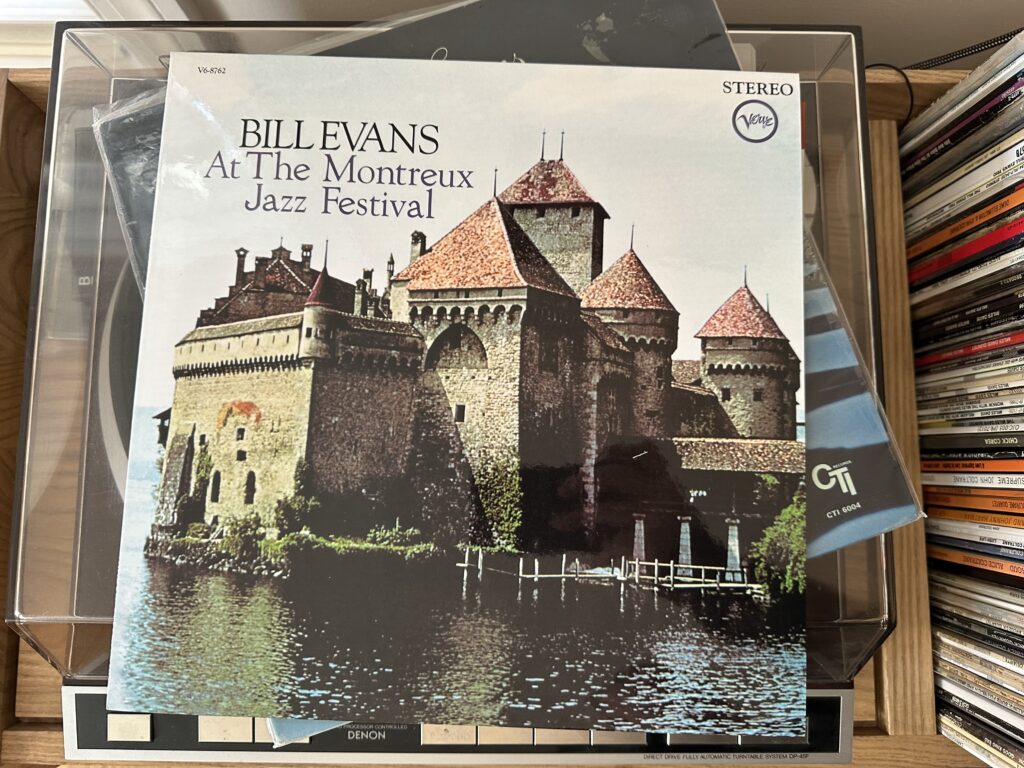
Album of the Week, February 18, 2023
Bill Evans played in plenty of other formats than the piano trio. We first met him in this column as part of Miles Davis’ sextet. He also recorded with symphonic orchestra, backing up Herbie Mann and Don Eliott, and solo. But piano trio was by far his favorite configuration, and one can trace a lot of his development as a musician by listening to how his playing responds to changes of personnel in his trios over the years. We’ve heard some of those changes already, but none were more significant than the change of players heard on this recording.
Chuck Israels, who played bass in the trio off and on from 1962 to early 1966, was gone; his last recording (save a one-off 1975 date) with Evans was the 1966 Bill Evans at Town Hall concert. And Larry Bunker’s last recording with the trio was last week’s Trio ’65. In their places were two significant musicians who would play pivotal roles in Evans’ development.
Evans met bassist Eddie Gómez in 1966, when the latter was just 22 years old and recently graduated from Juilliard. The bassist would spend the next 11 years working with Evans, forming far and away the pianist’s longest lasting musical partnership. But Evans was to record with a rotating chair at drummer for several years, doing a few albums with Shelly Manne, another duo album with Jim Hall in the mode of Undercurrent, and a solo recording. Finally in 1968, Evans met the young drummer Jack DeJohnette, who was just coming off a celebrated stint as a member of Charles Lloyd’s quartet.
The galvanic impact that DeJohnette had on Evans’s sound can be heard from the opening tune, “One for Helen,” where the drummer’s sound seems to spur Evans to greater harmonic and rhythmic innovation. While the opening tempo and dynamic is already more extroverted than the performances on the preceding trio records, the excitement ratchets up another notch with the entrances of Gómez and DeJohnette. For one thing, the drummer’s fills are noticeable here, instead of genteelly blending in as did Motian’s, with small explosions on cymbal or snare bursting from the line from time to time. Gómez gets a lion’s share of the excitement, though, with a bass solo that manages to be both melodic and percussive at once. When Evans re-enters, he’s recharged, playing rhythmic variations back to back into the close of the tune.
“A Sleepin’ Bee” retains some of the introspective hush of the performance on Trio 64, but Gómez and DeJohnette enliven it with their first entrance. Gómez’s entrance neatly echoes the descending left hand line in the piano before taking voice with a countermelody, while DeJohnette drops bombs and underscores the melodic exploration with rolls, excursions on the tom, and other outbursts, all while keeping a proverbial eye on Evans. The bass solo in the back half of the track is a neat trick, being both fully metrically and harmonically aligned with Evans’ take on the tune while simultaneously opening up the sound world of the piece with different chord voicings.
Earl Zindars’ “Mother of Earl” is a quieter ballad, here given a somber introduction by Evans that gives way to a more deliberate statement of the melody, and an extended bass solo in triplets. DeJohnette’s drums are mostly limited here to atmosphere, with some gentle work on the cymbals throughout.
Where things really start to get into gear is “Nardis.” Composed by Miles, the tune found its way into Evans’ repertoire in 1958 while he was playing in Cannonball Adderley’s band. First appearing on a Bill Evans Trio record with 1961’s Explorations, it remained a highlight of his live shows for the rest of his career, and this performance is a key argument for why. The performance here ably represents the model that so many preceding and subsequent takes would follow: a “straight” reading of the chorus by the full band, followed by an extended solo, here given to Gómez. In the liner notes to the album, the bassist notes that he views his instrument as a horn, and the solo here bears that out as an extended meditation on the tune. Evans follows with his own solo, picking up the rhythmic drive of Gómez’s bass line, as splashes on the cymbals and rolls on the snare and tom pour kerosene on the fire. DeJohnette then gets his own solo and takes some of the fill devices into a free exploration of time and tonality, wringing new colors out of the drum kit and revising the melody in a sort of slow motion fog before roaring back in a blistering crash of cymbals. The band close out with a recapitulation of the melody, trying on four closing chords before running up the scale and into the applause of the audience.
“I Loves You, Porgy” finds Evans catching his proverbial breath, taking a solo exploration of the tune that is by turns introspective and extroverted. Starting about two minutes in, the free chordal explorations of the opening give way to a syncopated rhythm that seems to light up the keys under the pianist’s fingers, spurring an exploration of the tune in rhythm that lasts through most of the rest of the piece. The next track, “The Touch of Your Lips,” is in a similarly introspective mood until Gómez and DeJohnette rejoin about halfway through, when the temperature kicks up again.
“Embraceable You” is a solo feature for Gómez, who freely explores the colors and range of the bass with soft accompaniment from Evans and DeJohnette. Evoking by turns the sound of a Spanish guitar, a Miles Davis solo line, and the most swinging bass line ever played by Milt Hinton, the bassist plays a sweetly introspective version of the tune, ending with rapt applause from the Montreux festival crowd.
Evans’ version of “Someday My Prince Will Come” is far less wistful than the version we last heard from Miles’ group (with Wynton Kelly on piano). If Miles’s version is hopeful, Evans’ version is positively jubilant. Gómez takes an extended bass solo in the lower range of the instrument, and DeJohnette trades eights with Evans, until finally the band crashes through the finale and the festival crowd goes wild. Evans and company return for a romp through “Walkin’ Up” at a breakneck pace to close out, leaving the audience roaring for more.
DeJohnette wouldn’t stay long with Evans, despite the sound the trio developed (which won Evans his second Grammy award). He played with Stan Getz briefly in November 1968, and was performing with Getz’s group at Ronnie Scott’s Jazz Club in London that month when he was discovered by Miles Davis. He went on to Miles’ band, performing alongside bassist Dave Holland in what has been dubbed the “lost” quintet, since none of that line-up’s music ever made it onto a studio recording. As for Evans, he would continue in the trio format, and we’ll hear one more outing from his trio next time.
You can listen to the album here:

